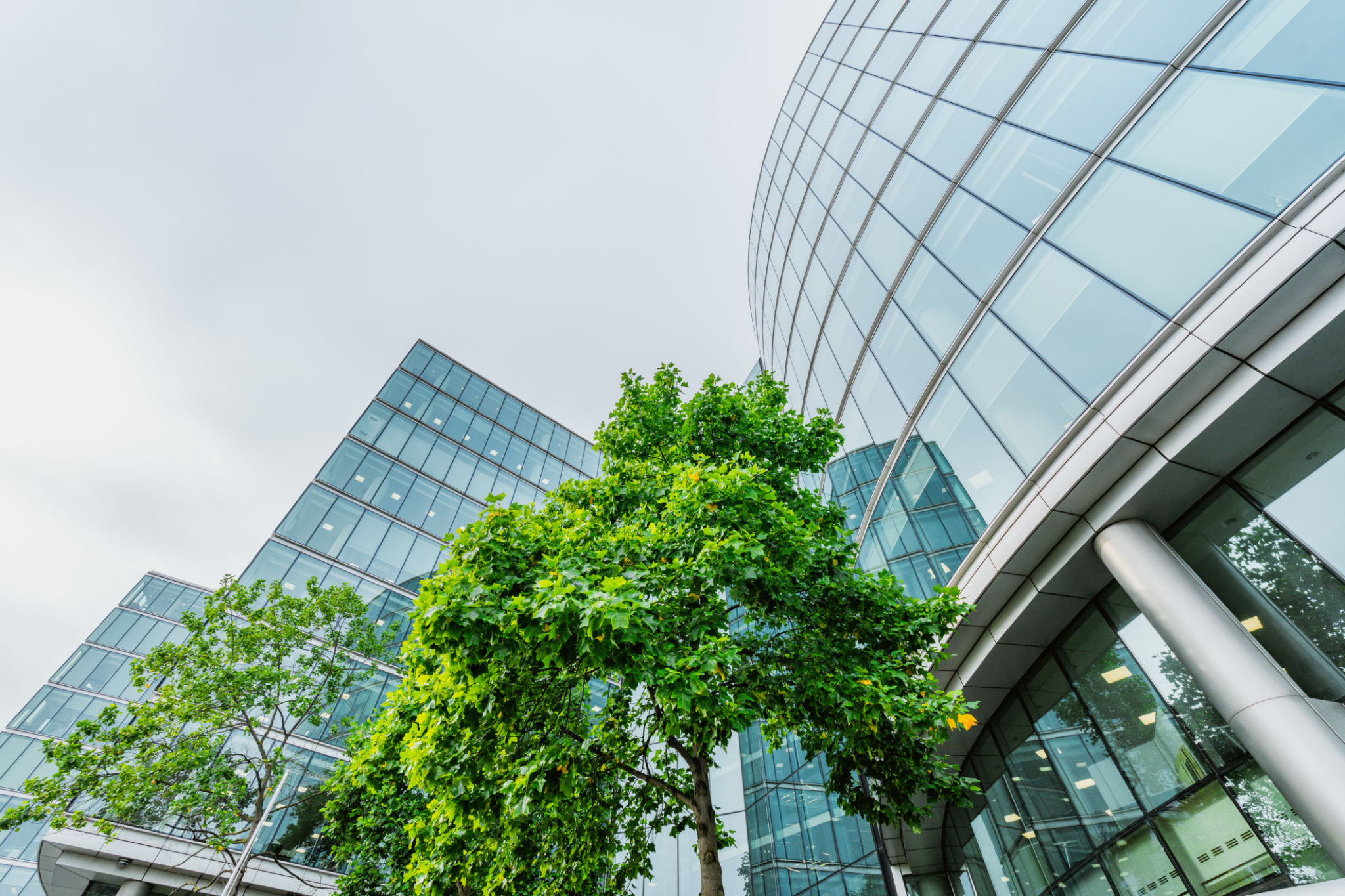Comprehensive Guide to Sustainable Construction Practices
CG
Understanding Sustainable Construction
Sustainable construction is an approach that seeks to minimize the environmental impact of building projects while ensuring economic viability and social responsibility. This practice integrates eco-friendly materials, energy-efficient technologies, and waste reduction strategies. The ultimate goal is to create buildings that not only serve their intended purpose but also promote a healthier planet.
In recent years, the construction industry has witnessed a significant shift towards sustainability. This change is driven by increased awareness of environmental issues, regulatory requirements, and consumer demand for greener solutions. As a result, adopting sustainable construction practices is no longer optional but a necessity for modern builders.

The Principles of Sustainable Construction
To effectively practice sustainable construction, several core principles need to be adhered to. These principles guide the entire lifecycle of a project, from planning to demolition, ensuring minimal environmental impact.
Energy Efficiency
One of the most crucial aspects of sustainable construction is energy efficiency. This involves using materials and systems that reduce energy consumption. For example, incorporating high-performance insulation, energy-efficient HVAC systems, and LED lighting can significantly lower a building's energy demands.
Resource Conservation
Resource conservation focuses on reducing the use of non-renewable resources and minimizing waste. This can be achieved by using recycled or renewable materials, implementing water-saving fixtures, and employing construction techniques that produce less waste. Builders are encouraged to source materials locally to reduce transportation emissions.

Innovative Technologies in Sustainable Construction
Innovation plays a crucial role in advancing sustainable construction practices. The integration of cutting-edge technologies offers new ways to enhance the sustainability of buildings.
Green Building Materials
Green building materials are designed to have a lower environmental impact throughout their lifecycle. Examples include bamboo flooring, recycled steel, and low-VOC paints. These materials help reduce carbon footprints and improve indoor air quality.
Smart Building Systems
Smart building systems use advanced technologies to monitor and optimize energy use. Automated lighting controls, smart thermostats, and energy management systems can significantly enhance a building’s energy efficiency. These systems not only reduce energy costs but also provide valuable data for further sustainability improvements.

The Benefits of Sustainable Construction
Embracing sustainable construction practices offers several benefits beyond environmental protection. These advantages make sustainability a compelling choice for builders, investors, and occupants alike.
- Cost Savings: Although initial investments in sustainable technologies may be higher, the long-term savings on energy and maintenance costs can outweigh these expenses.
- Healthier Environment: Sustainable buildings often provide better indoor air quality and natural lighting, contributing to the well-being of occupants.
- Regulatory Compliance: Many regions have implemented regulations requiring sustainable practices, making compliance essential for legal operations.
Overall, sustainable construction is a forward-thinking approach that aligns with global efforts to combat climate change and promote environmental stewardship. By adopting these practices, the construction industry can play a significant role in creating a more sustainable future.
